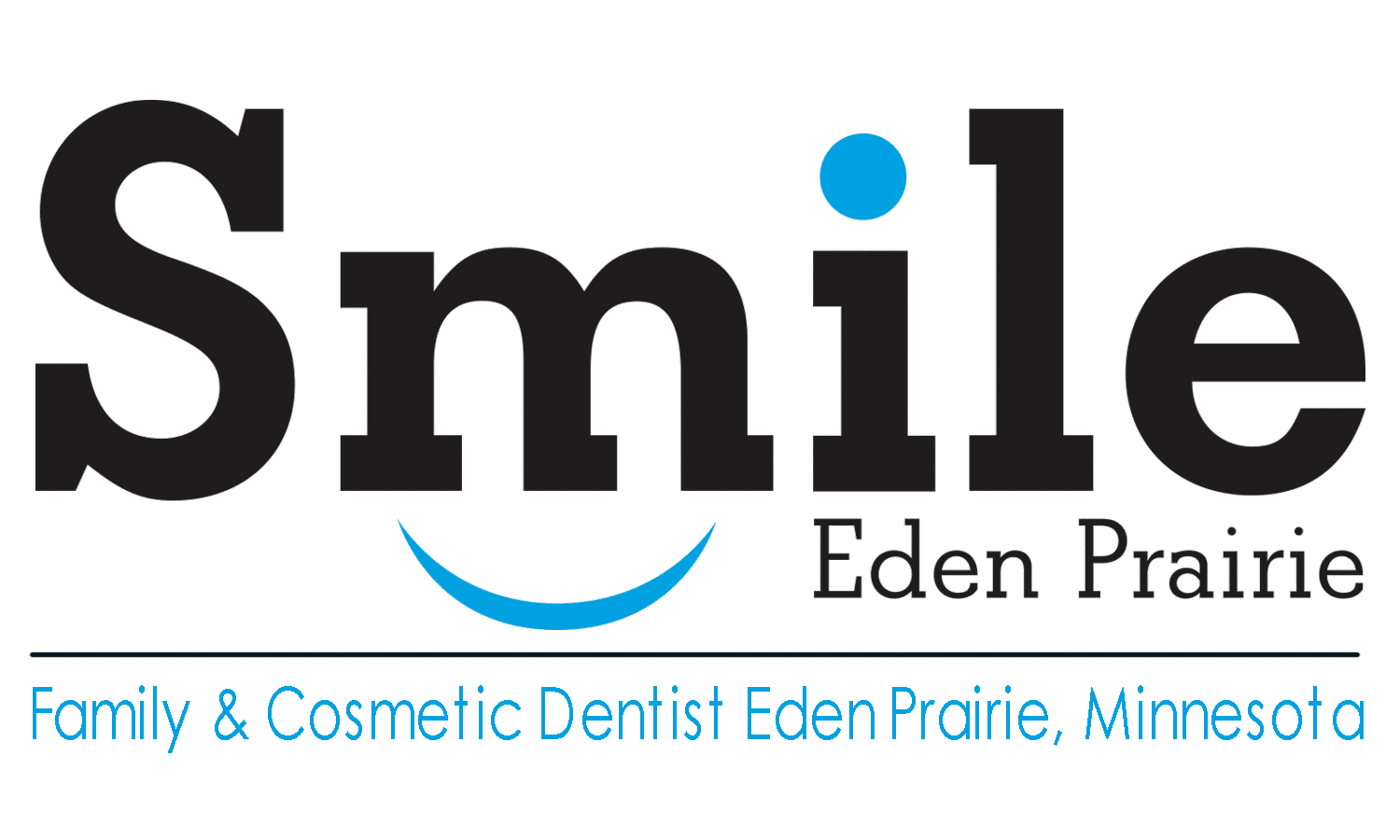General Dentistry Concepts: Dental disease
Tooth pathology includes conditions of the teeth which can be congenital or acquired. Congenital tooth diseases are sometimes referred to as tooth abnormalities. These includes some of the more common diseases in humans. The dentistry profession is based on the prevention, diagnosis, treatment and rehabilitation of these diseases. Tooth pathology is usually separated from other types of dental issues, including enamel hypoplasia and tooth wear.
In order to fully understand tooth pathology, one must first be familiar the various layers of the teeth. A tooth is comprised of three different tissues: the outer later is comprised of the enamel or cementum; the middle layer consists of the dentin; and the pulp which is the central core of the tooth where the blood and nerve supplies are located.
Congenital Diseases of the Teeth
Congenital diseases, which are also known as birth defects, exist before birth. Congenital anomalies can be hereditary, environmental or a result of other risk factors. According to the World Health Organization, about half of all congenital diseases do not have a known cause.
There are several congenital conditions which can affect the teeth. Two of these conditions are hypoplasia and hypocalcification. These conditions cause pits or malformations in the enamel surface which affect the overall strength of the enamel and its ability to protect the tooth.
Congenital defects can also cause certain stains or tooth discolorations. It’s also possible for patients to have defects where too many teeth form, which is called supernumerary teeth. Patients can also have too few teeth form, which is referred to as congenitally missing teeth. Teeth can also be congenitally rotated, which affects the tooth’s position and functional bite.
Acquired Diseases of the Teeth
Some tooth conditions as a result of infections or diseases that are present after birth. These conditions can involve microbial pathogens, such as bacteria, viruses or fungi. Tooth infections, metabolic disease, endocrine disorders and dental fluorosis are some examples of acquired conditions.
It is important to visit your dentist every six months for routine checkups. In addition, be sure to schedule your child's first dental appointment before their first birthday. Dental professionals are trained in tooth pathology and can advise if your teeth need special attention.
Dental caries are also known as a cavity or tooth decay. Bacteria in the mouth use foods that contain sugar or starch to produce acids. The acids eat away at the tooth’s structure which can destroy the tooth’s enamel. The minerals in saliva work to repair the enamel. Dental caries can be prevented and often appear prevalently in 6 to 19-year-olds. Up to 90% of adults are affected with a form of tooth decay. Prevention of tooth decay includes good oral hygiene which includes brushing the teeth twice daily, flossing, eating nutritious meals and regularly visiting the dentist. Fluoride treatments can be beneficial as they strengthen the teeth. Sealants aid in preventing decay in the crevices of the chewing surfaces. Severe cases of tooth decay can result in tooth extraction.
A dental abscess is a collection of pus which is accumulated in the teeth or gums. It forms as a result of bacterial infection which can result in a painful and throbbing pain at the site of the abscess. Abscesses are caused by consuming sugary or starchy food in addition to poor dental hygiene. A dentist treats the abscess by draining the pus and when necessary, removing the tooth.
